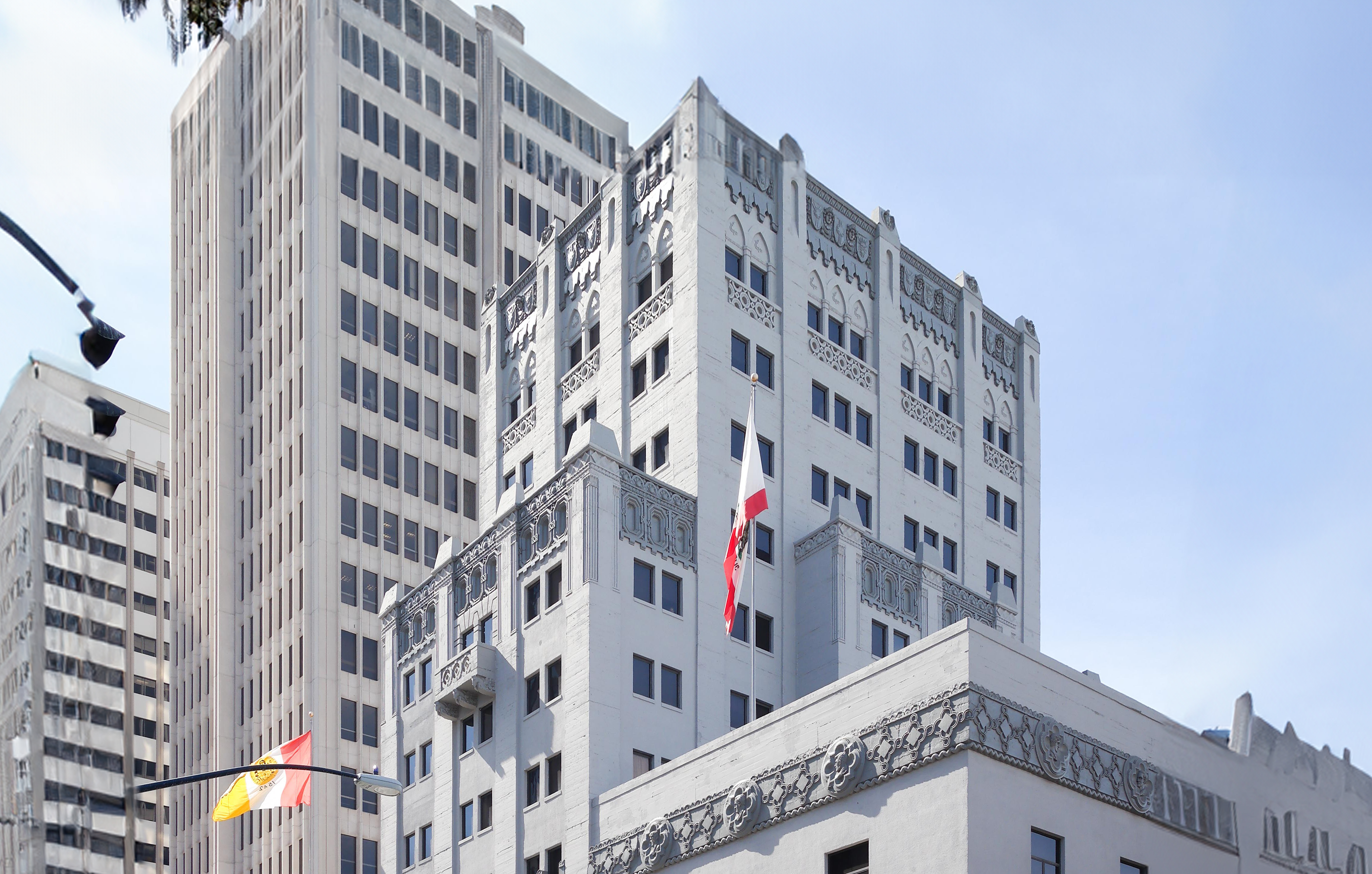The San Diego Athletic Club Building is an Art-deco skyscraper designed between 1924 and 1927 by William H. Wheeler and built between 1927 and 1928, for a reported $850 thousand dollars, in San Diego, CA.
San Diego Athletic Club Building is not the only name you might know this building by though. It is common for companies to want to attach their names to iconic buildings when they move in, or for the general public to come up with nicknames, and this one is no exception. The San Diego Athletic Club Building is also known, or has been known as, HBJ Building, or World Trade Center San Diego Building.
Its precise street address is 1250 Sixth Avenue, San Diego, CA. You can also find it on the map here.
The San Diego Athletic Club Building is a structure of significant importance both for the city of San Diego and the United States as a nation. The building embodies the distinctive characteristic features of the time in which it was built and the Art Deco style. Because of that, the San Diego Athletic Club Building was officially included in the National Register of Historic Places on April 3rd 2013.
The building has been restored 3 times over the years to ensure its conservation and adaptation to the pass of time. The main restoration works happened in 1965, 1994 and 2012.
